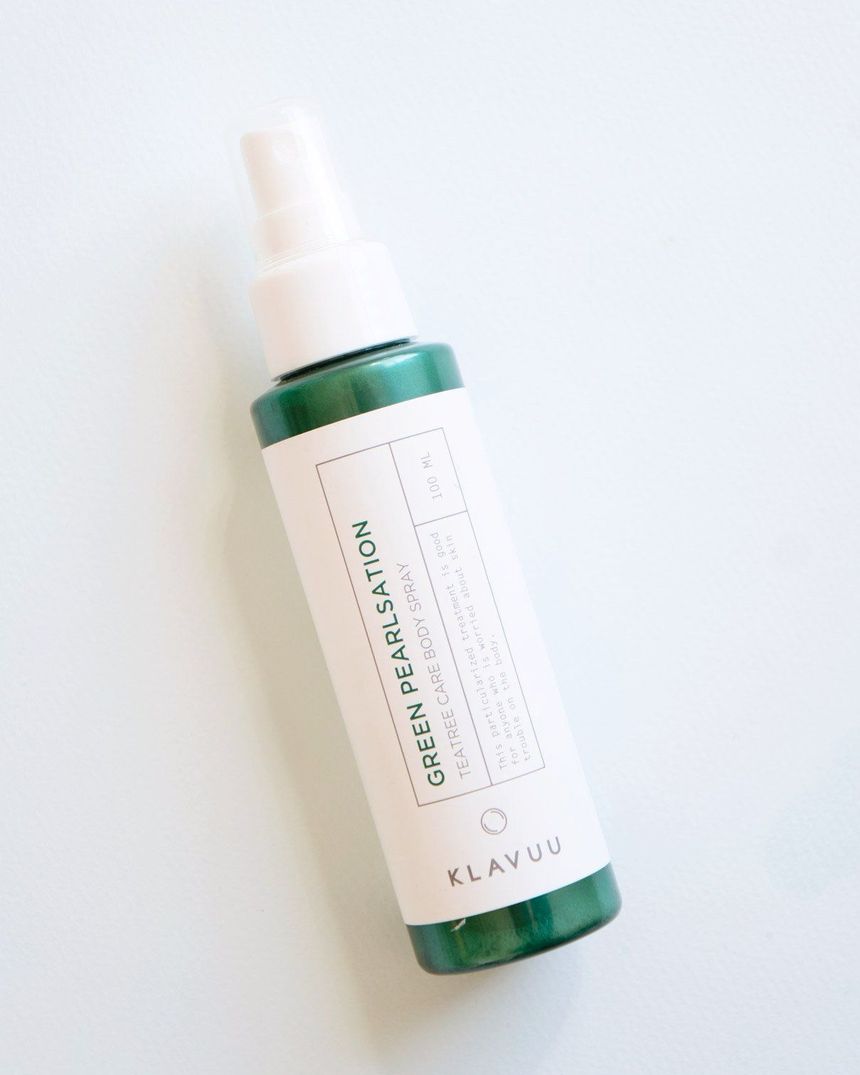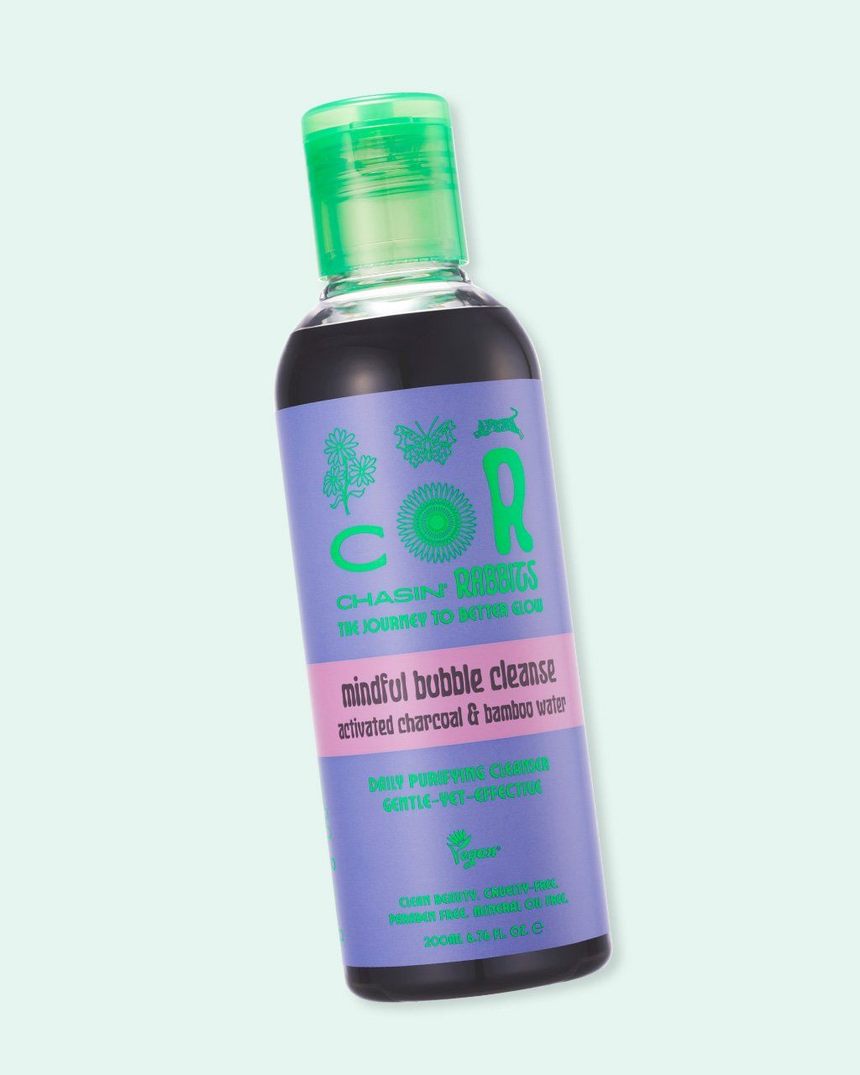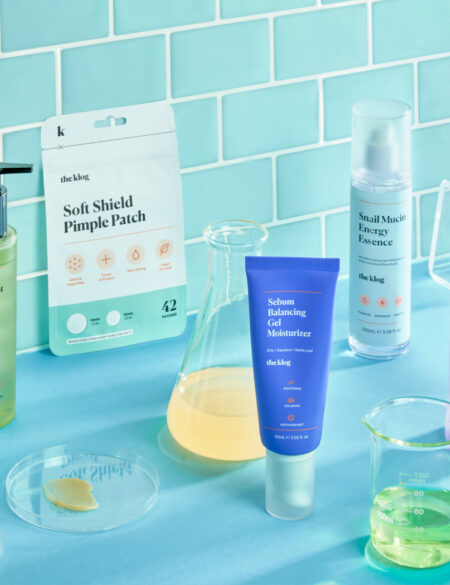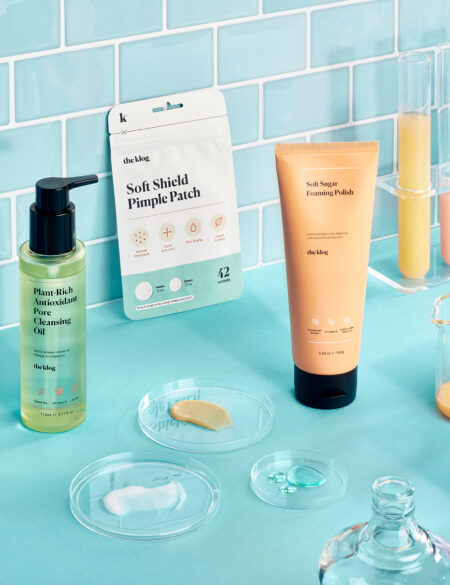We’re demystifying and destigmatizing the common body skin care concern!
Body acne is frustrating. If you’ve ever had an unexpected body blemish pop up, you understand the power these pimples have when it comes to dimming your self esteem.
Body acne can have a variety of underlying causes and can sometimes be mistaken for other conditions, but just like facial acne, with the right understanding and a proper course of action, these breakouts can be treated and healed so you can show off your skin with confidence.
Could It Be Hormonal?
If you’ve dealt with hormonal acne on your face, chances are you’ve also experienced breakouts on your chest and back.
An excess of testosterone, or the fluctuating hormones that many adult women deal with, can cause an excess of sebum in the skin, resulting in breakouts on the face and beyond. Especially common in adult women post-puberty, Adult Female Acne is a common cause of breakouts resulting from sebum overproduction and hyperkeratinization (an accumulation of dead skin cells that causes pores to become clogged).
In situations where body acne is being caused by hormonal issues, it can often be treated with a two-step approach! First, it’s best to speak with your doctor to have your hormone levels checked and ensure that you are in good health. A dermatologist can also assess whether a medicated approach to treatment is necessary. At home, the excess of sebum can be treated with BHAs, or beta-hydroxy acids, which exfoliate deeper into the skin and work to balance oil production.
After showering, using a treatment body mist like Klavuu Green Pearlsation Tea Tree Care Body Spray over affected areas can work to calm active body breakouts and prevent further blemishes from forming. With anti-bacterial tea tree extract and acne-busting salicylic acid, this mist fights breakouts deep down while pearl and algae extracts work to brighten the skin and balance hydration levels.
Could It Be Something Else?
Body bumps and blemishes aren’t always linked to facial acne. In fact, there are several possible culprits for pimples on the back, shoulders, chest and beyond.
Acne mechanica is a specific type of acne caused by friction and pressure on the skin. Tight clothing in non-breathable fabrics (like bras, swimwear or work-out clothing) rubbing against the skin can create the perfect environment for acne to thrive in, and even the inner thighs rubbing together can lead to rashes and blemishes on the thighs.
Regularly switching out undergarments and work out clothes and laundering them in a gentle detergent can lessen these symptoms, along with using an anti-chafing product like Megababe Thigh Rescue on sensitive areas.
If you regularly hit the gym, be sure to shower afterwards with a purifying body wash to keep sweat and bacteria from clogging your body’s pores. Your best course of action for preventing body breakouts is sudsing up with a wash like Chasin’ Rabbits Mindful Bubble Cleanse, which combines mildly acidic micro bubbles with charcoal powder to deeply cleanse from head-to-toe.
Folliculitis is another cause of breakouts that can often be confused for acne, and results when a hair follicle (often on the scalp, the limbs or the backside) becomes infected and inflamed. The usual course of treatment involves topical antibiotics until the infection is resolved.
The bottom line? If your body breakouts are persistent enough that they’re stressing you out, it’s best to check in with your doctor for a second opinion.
How do you deal with body breakouts? Let us know in the comments.















